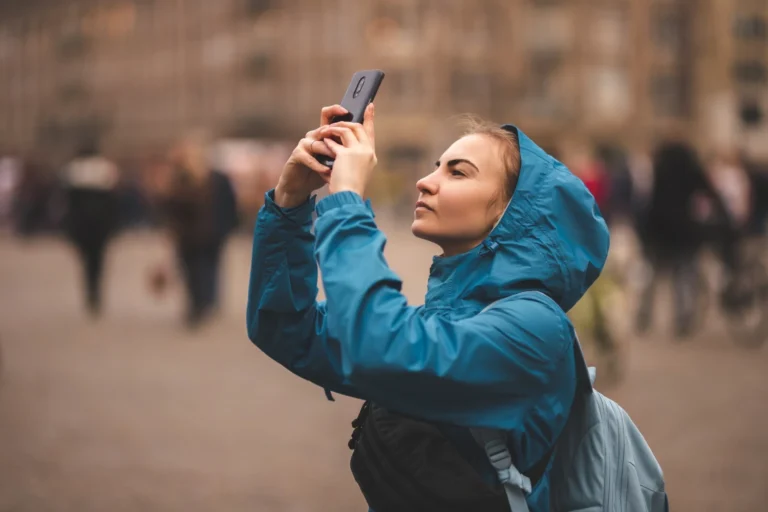The 3D avatar is one of Instagram’s most innovative features in 2025, allowing you to represent yourself or your brand through a fully customizable digital character. With this feature, you can enhance your Stories with realistic movements, facial expressions and augmented reality elements, creating much more attractive and memorable content. Below you’ll find all the steps for setting up your 3D avatar, customization tips, creative techniques for incorporating it into Stories and suggestions for collaboration using platforms such as sssinstagram.
How to create and set up your 3D avatar

To get started, open Instagram and access the Stories creation mode. Scroll down to find the effects gallery and in the search field type “3D Avatar”. Tap on “Try it” and give the app permission to access your camera. Next, position your face in the center of the screen, turning slowly at different angles and following the guidelines for facial mapping. This initial scan captures features such as the shape of the eyes, nose, mouth and contour of the face, ensuring that the avatar bears a subtle resemblance to you.
Once the scan is complete, Instagram will display the customization menu: choose your skin tone, hair type, eye shape and jawline. In the next step, select clothes and accessories – glasses, hats, earrings and even themed props such as masks or helmets – that reinforce your visual identity. If your account is a brand or agency, take into account the official colors and logos when selecting the avatar’s clothing. Save the finished avatar to keep it available whenever you want to use the effect in your Stories.
Customizing expressions and movements
The power of the 3D avatar lies in its ability to react to your gestures and expressions in real time. To adjust the level of sensitivity, open the 3D Avatar effect again and, in the settings, find the “Tracking Intensity” control. Increase it so that the avatar accurately imitates every smile, wink and head movement. If you prefer a more restrained behavior, reduce the degree of tracking to get more subtle reactions.
Instagram also offers predefined animation packs: apply expressions such as joy, surprise, wink and thumbs up. Combine these reactions with interactive stickers – such as polls and question boxes – to create dynamic Stories. For example, ask your followers to choose the avatar’s next expression or which digital accessory it should wear, capturing the moment when the character “responds” to the audience.
Integrating the 3D avatar creatively into Stories
One way to make your avatar stand out is to mix it with virtual scenarios. Shoot a video in which the avatar interacts with augmented reality elements, such as floating objects or animated text. Use the “Free Positioning” feature to move the avatar around the screen, simulating it walking or dancing in the real environment captured by the camera. Another strategy is to create narrative sequences: start the Story with a photo or video of yourself, then tap to switch to the avatar, suggesting a transition from reality to fiction.
Also try the “Mirror” mode so that the avatar exactly reproduces your gestures while you appear in the background. This overlay creates an impressive visual effect, as if it were your “digital double” interacting with the audience. By adding background music or sound effects synchronized with your expressions – a laugh, a sigh or a wink accompanied by a “ding” – your Stories gain even more personality.
Advanced tips and team collaboration
For content producers and agencies, maintaining a standard avatar across different profiles is essential. Centralize design files – color palettes, logos and identity guidelines – on collaborative platforms like sssinstagram, where the whole team can access and use the same avatar template adjusted to the brand’s visual requirements. In this way, each designer or social media will faithfully replicate the defined characteristics, guaranteeing uniformity in the Stories published by different collaborators.
If you want to create coordinated campaigns, schedule Stories in batches, using scheduling tools that support uploading videos with a 3D avatar already embedded. Before publishing, run tests to ensure that the effect works well on different iPhone and Android models, as hardware differences can affect facial tracking.
Measuring results and evolving your strategy
After publishing Stories with a 3D avatar, monitor performance on Instagram Insights. Evaluate metrics such as complete view rate, direct replies and sticker interactions. Compare these rates with Stories without an avatar to identify the real impact of the feature. If you notice that certain types of expressions or tones of voice generate more engagement, increase the use of these formats and experiment with variations.
Also keep an eye on Instagram updates: new clothes, accessories and animation packs are released periodically. Incorporating these quickly keeps your content fresh and capitalizes on your audience’s natural interest in new features.



